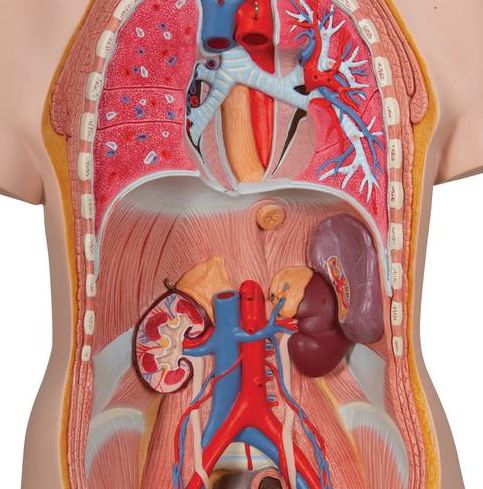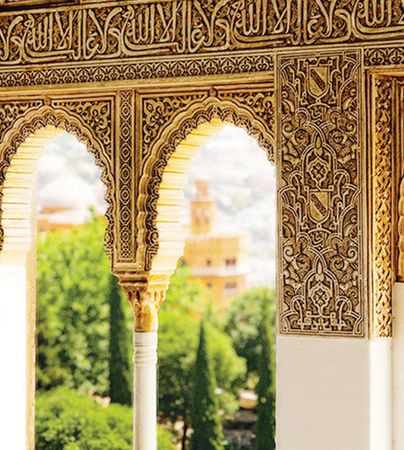قراءة لمدة 1 دقيقة Ahirwada

Ahirwada or Ahirwara is a historic town located between the Parvati and Betwa rivers in Central India or modern Madhya Pradesh.
It was between the cities Bhilsa and Jhansi.
It was named after local folklores related to Ahir warriors and Ahir rule.
History.
The Abhiras (modern day Ahirs) are often mentioned in Ksatrapa inscriptions of Saurashtra.
The Puranas and the Brihatsamhita place the Abhiras in the southern region during the Samudragupta.
These tribes slowly spread out in different parts of India.
They may have occupied Ahirwada in Madhya Pradesh at a late date.
We know of their occupation in Rajasthan also at a late date as is evident from the Jodhpur inscription of s.
918, that the Abhira people of this area were a terror to their neighbours, because of their violent demeanour.
According to James Tod, The Princes of Garh Mandla, for ages continued the surname of Pal, which is indicative of their nomadic occupation.
The Aheers, who occupied all the Central India and have left Aheerwara (Ahirwada) a memorial of their existence, was a bunch of the same race, as Aheer being a synonym for Pal.
Ahirwada is mentioned in "Malwa in Transition Or a Century of Anarchy:
The First Phase, 1698-1765", along with "Khichiwada" and "Bhopal" where the anti-Maratha feelings prevailed very often.
Rising of the Ahirs of Ahirwada were a cause of worry for Maratha Supremacy as the Ahirs started building new forts.
Also, the presence of "Puranmal Ahir", an Ahir Ruler or chief of Ahir Country in Malwa is noticed in several historical accounts for the period of 1714 to 1716 .
Puranmal, Malwa.
Puranmal was an Ahir chief or leader of Malwa region during 1714-1716 (A.
D.
).
In 1714, Raja Jai Singh of Jaipur succeeded in suppressing the disorder in Malwa.
The Afgan marauders established control over Sironj with the help of Ahir leader Puranmal.
The Ahir country (Ahirwada) stood rebellion under its leader Puranmal, who closed the roads from Sironj to Kalabagh and from his strongholds of Ranod and Indore continued to trouble the government.
Raja Jai Singh reached Sironj and defeated Afgan Army in April 1715.
The peace so imposed could last no longer and in November 1715, Puranmal Ahir renewed his depredations in Malpur.
The Rohilas, Girasias, Bhils, Ahirs and other Hindu princelins rose up in all the sides in Malwa.
None of the efforts made by government could control the situation.
History.
Ahirwada was a troubled region.
Gopal Rao Barve suppressed them during the early months of 1761, buesoon after his departure the Ahirs rose again in alliance with Izzat Khan and the Khichis.
Nothing could be done during the rainy season.
In November, 1761, Maratha officers in Ahirwada invited Malhar to come to their assistance.
He came as far as Sanganer (February, 1762), but his wound prevented him from advancing to the scene of action.
In December, 1761,Vishwas Rao was asked by his father, Naro Shankar, to capture Jhansi with the co-operation of Izzat Khan and Govind Kalyan.
The latter was asked by the Poona Government to settle the Sarkar.
Peshwa Madhav Rao affairs of Ahirwada and to recover the fore of Bhilsa.
seized by the Nawab of Bhopal.
1During the years 1762-1764 the Marathas could pay noattention to the affairs of Malwa, Bundelkhand and Rajputana.
The invasion of Nizam Ali and the civil war between the Peshwa and his uncle absorbed their energy.
Malhar Rao, gradually sinking due to old age and ill-health, could not venture intothe scene of his former triumphs.
Mahadji Sindhia was busy with the question of succession, and the Poona Government asyet showed no desire to profit by his abilities.
"Inactivity and lack of a vigorous policy weakened the Maratha power in Malwa".
Two incidents seem to show that by the year 1764 dieposition of the Marathas in Northern India had somewhat improved.
Ahmed Shah Abdali ratified a formal peace withthem in that year.
' This was a much-needed relief, and at thesame time it was an indirect recognition of their still surviving power.
The second incident is more interesting.
We read in dieEast India Company's general letter to Madras, dated May 13,1768, "When our servants after the Battle of Buxur planned theextirpation of Shuja from his dominions and the giving thesame up to the King," Lord Clive soon discerned the Kingwould have been unable to maintain them and that it wouldhave destroyed the strongest barrier against the Marathas and when he left Poona for Malwa in 1764, measures were taken tointercept his journey.
Ahraura, Mirzapur.
The pargana of Ahrorah of sarkar Mirzapur in Akbar's time was called Ahirwara.
It is said to have been so called after the Ahirs who were the original zamindars.













































